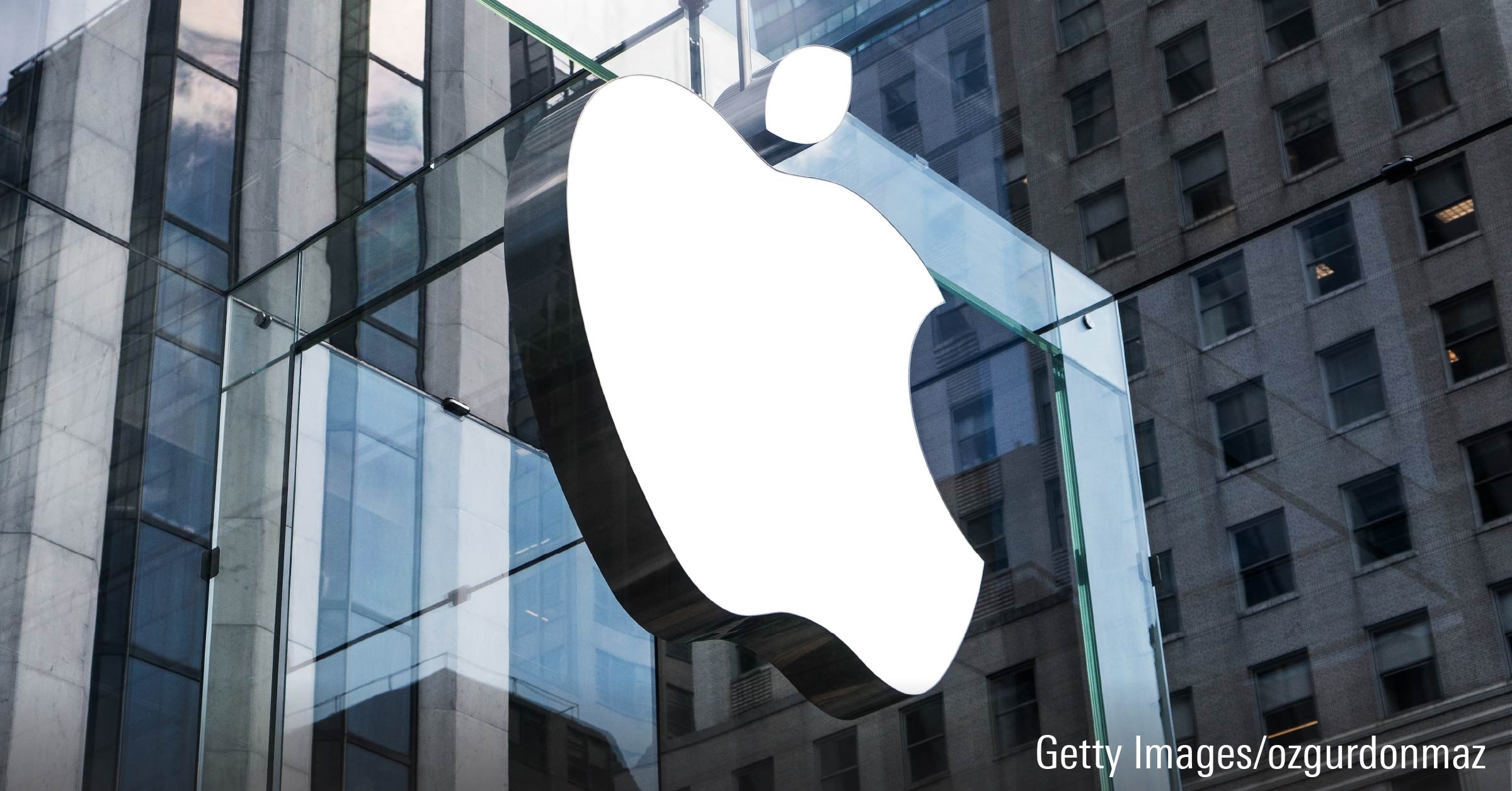Contrary to the market, we believe the potential credit loss to the system is manageable and the capital shortfall should be gradually absorbed by banks' future earnings over the next three to four years.
Pessimists believe that China’s banking sector is likely to repeat the massive restructuring of bad loans seen in the late 1990s, as China’s banks are still perceived as an arm of the government’s fiscal policy tools directing funding to unviable projects. They also view surging bank wealth-management products as evidence that growth in banks’ off-balance-sheet bad debts is out of control and largely underestimated by official numbers.
While we believe China’s banks have transformed into a pluralistic system comprising various groups of market-oriented banks, they are now subject to stringent regulations, and managing credit risks is a top priority after the bad-debt blowup in the late 1990s. The market tends to ignore the resiliency of the large banks’ profitability, despite rising challenges. These leading banks are well positioned for long-term growth in the asset-management market, as China has one of the largest middle-class populations worldwide.
Key Takeaways
- Mapping the risks of China’s banking system: Besides the CNY 76 trillion in commercial bank loans, or 38% of total banking assets, we also estimate that China’s banks are exposed to CNY 12 trillion in shadow-bank-related credits, or one third of total shadow-bank credits to the private nonfinancial sector. While China bears expect NPL losses of around 20%, our base case assumes NPL ratios of just 9%, while our bear case assumes 13%. We think the bears' biggest misconception is their failure to decompose the assets of China’s banking system and to recognize the underlying risks of each asset category.
- China bears expecting a banking system crisis will be disappointed: Multiplying the 9% and 13% NPL ratios by the CNY 88 trillion in commercial bank loans and banks' exposure to shadow-bank credits gives a potential credit loss for banks of CNY 8 trillion in our base case and 12 trillion in our bear case, versus a loss of over CNY 20 trillion estimated by the bears.
- Chinese banks should retain their narrow moats: The primary moat source lies in funding cost advantage and operating cost advantage. The banks’ well-entrenched positions in the asset-management market should improve customer stickiness and maintain low deposit costs. Their leading operating efficiency will be supported by their enormous scale, ongoing network optimization, and digitalization.






.png)










